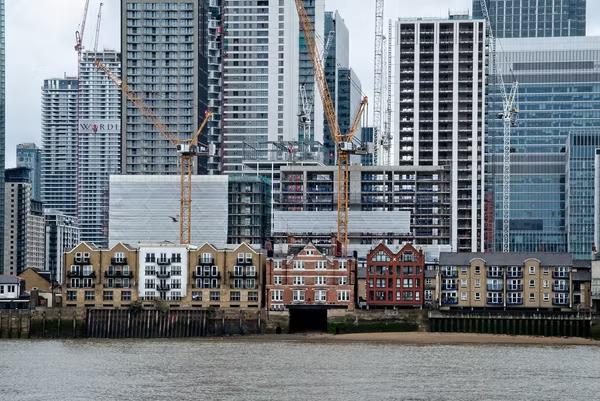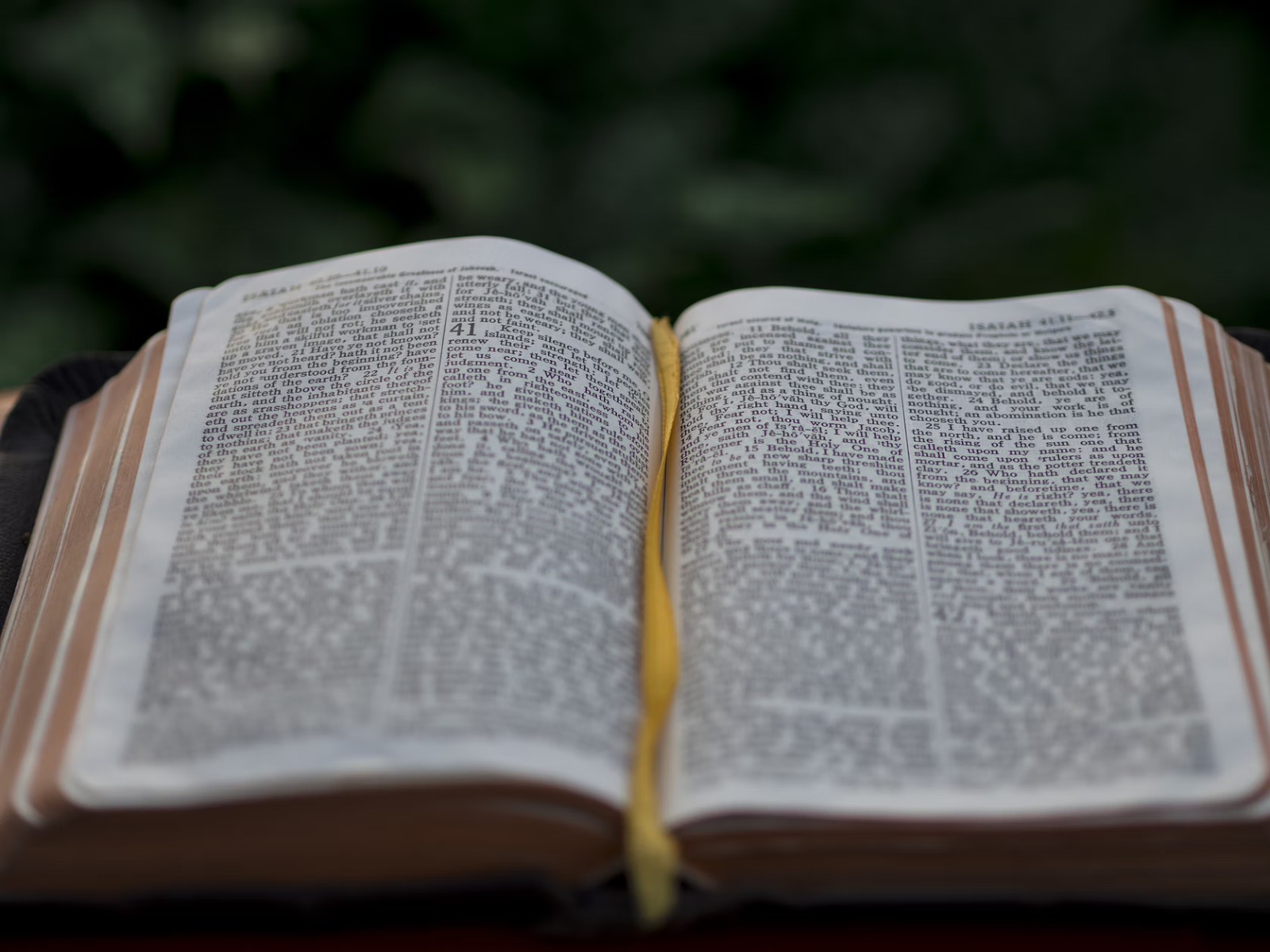-
Kevin
-
 March 25, 2024
March 25, 2024
-
 Common Questions
Common Questions
Beer has long been known as one of the most popular drinks in the world. For hundreds of years, it has been a staple beverage in countless cultures and countries. Because of that, there are many varieties of the drink. One of the most popular variations of beer is the IPA.
If you’ve ever seen a drink list, you’ve probably seen IPAs alongside other kinds of beer like pilsners, lagers, and stouts. Many people choose not to get an IPA simply because they don’t know what the letters in the abbreviation IPA mean. You’ve come to the right place if you’ve wondered that exact thing!
Here is everything you need to know about what an IPA is, its history, and why they’re so popular today.
What Is the Definition of IPA?
IPA is an acronym for India Pale Ale, one of the most popular beer styles in the world. This style is trendy among craft brewers, with hundreds of variations available.
This variant was developed in England to withstand long journeys overseas by boat. By adding more hops and increasing alcohol content, the early IPAs were much better preserved than other beers.
Today, IPAs continue to evolve as different breweries produce different versions of this popular style.
How Is Beer Made?
Beer is made using four main ingredients: water, malt (a grain that’s been germinated), hops, and yeast. These are combined in a process called mashing, which extracts sugars from the grains. The resulting liquid is then boiled to sterilize before adding hops and yeast.
The boiling process takes place in two phases — and this is where lagers differ from ales. In the first phase, called wort “kettle” or “wort” boiling (depending on who you ask), your brew undergoes a vigorous boil for about an hour to 90 minutes at 212 degrees Fahrenheit or 100 degrees Celsius. Meanwhile, you add hops for bitterness and flavor.
The second phase involves fermenting your wort into beer at temperatures between 60°F to 65°F/15°C to 18°C for several days until it’s ready for packaging or drinking fresh!
IPA beer is made with a lot of hops — in fact, it’s the most popular craft beer style. Hops are added at the end of the brewing process when they have time to impart their flavor but not so much as to make the beer bitter.
IPAs also have a higher ABV than other styles because they are brewed with a lot of malt and water. This dilutes their bitterness slightly while still keeping them flavorful.
What Is the History of IPAs in British Trade?
The meaning of the IPA goes back to the history of the British-Indian trade. In the 1700s, India was a valuable part of the British Empire, and English exporters shipped many goods there. One famous export was beer.
It took six months or more for vessels to reach India from England without spoiling in transit. During this time, warm temperatures would cause yeast to consume sugar in beer and produce alcohol and carbon dioxide as byproducts. This made it flat, sour, or both when it arrived at its destination.
To combat this problem, brewers started adding more hops and alcohol to their beers so they would stay fresh on their long journey westward across the Indian Ocean (and then northward along the Ganges River).
Though this solution helped keep their product from going stale en route from England to India (or vice versa), the end result wasn’t necessarily consistent depending on how much extra malt or hop you added to your batch. What came out of your cask might vary widely depending on which ship brought it there!
The History of IPAs in the Modern World
IPA was popularized in America during the early 1800s. At that time, it was the most popular beer style in England, and breweries were shipping their IPAs to far-away lands like India. The brewers needed a way to preserve their beer on the long journey; they added extra hops (which act as a preservative) to their ales and porters.
This beer style has been brewed since the 1700s, when British soldiers stationed in India would drink pale ales with higher alcohol content than those available at home.
The first recorded use of “India Pale Ale” as an actual name rather than just as part of a descriptive phrase for a type of beer appeared in 1835, about twenty years after IPA’s popularity had begun fading. This was due to competition from other styles, including porter, stout, and lager, brewed domestically instead of being shipped overseas like IPAs were back then.
As time has gone on, many different kinds of IPAs have developed based on hop varieties, hop flavors, fermentation processes, and other aspects. This has resulted in IPAs with different IBU (International Bittering Units) levels and flavors that can appeal to different tastes and preferences.
If you’re looking for a more hoppy beer, look into double IPAs and Imperial IPAs, Session IPAs, British IPAs, West Coast IPAs, New England IPAs, or any American IPA. Almost every craft beer bar or brewery is likely to have a deep selection of different IPAs to pick from, so feel free to take the time to try out which ones are most to your taste!
Conclusion
If the acronym IPA is just one of many acronyms that you aren’t familiar with, you’ve come to the right place! Here at The Word Counter, it’s our goal to provide all kinds of people with the resources they need to truly master the English language and make the best use of it.
We have countless articles on the finer details of the English language, ranging from strict grammar rules to confusing phrases and unclear words.
Just a couple minutes of browsing through our articles can give you information and knowledge that you’ll be able to use for the rest of your life — take a look right here!
Sources:
What Is an IPA Beer? A Complete Guide to the India Pale Ale | Bon Appétit




